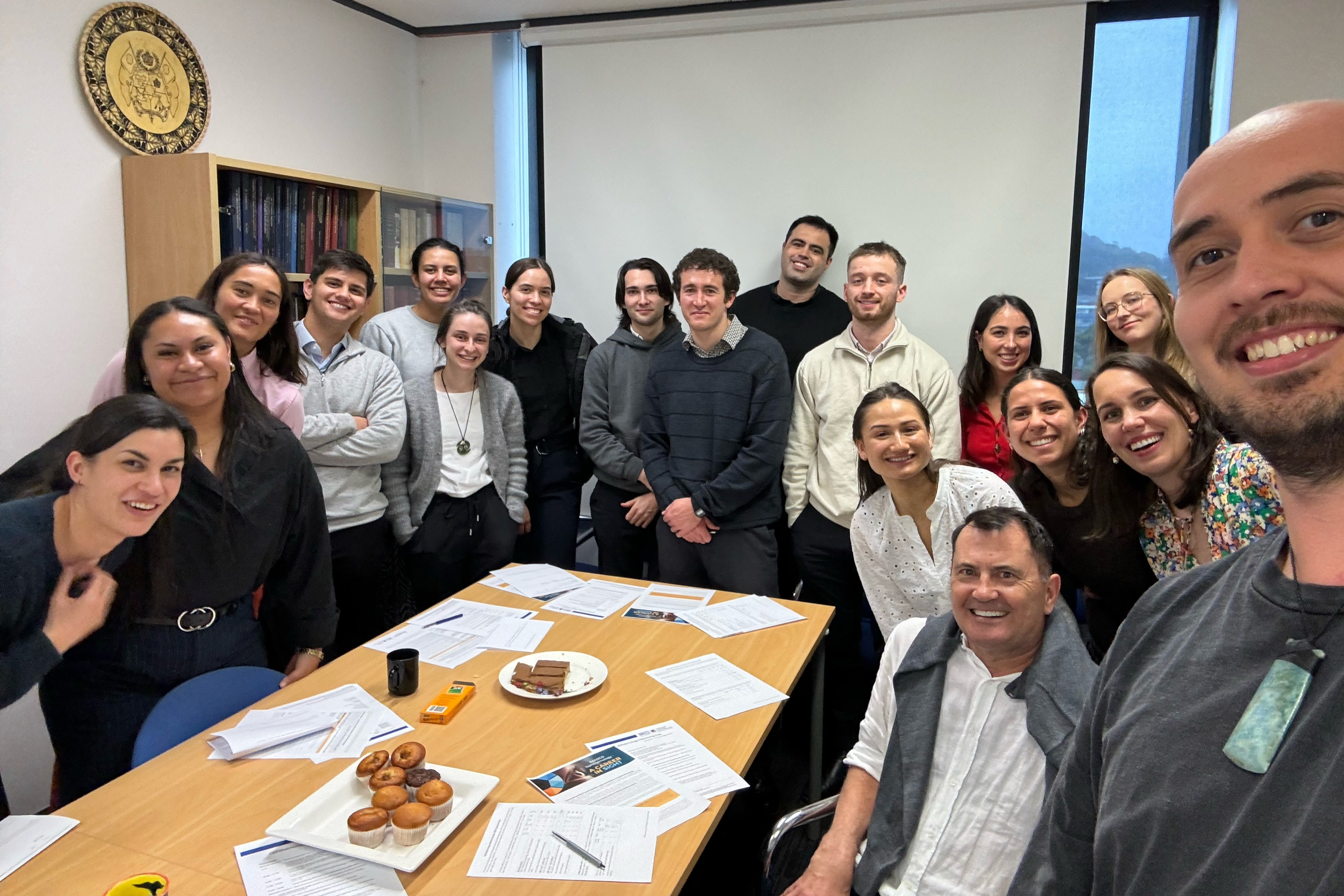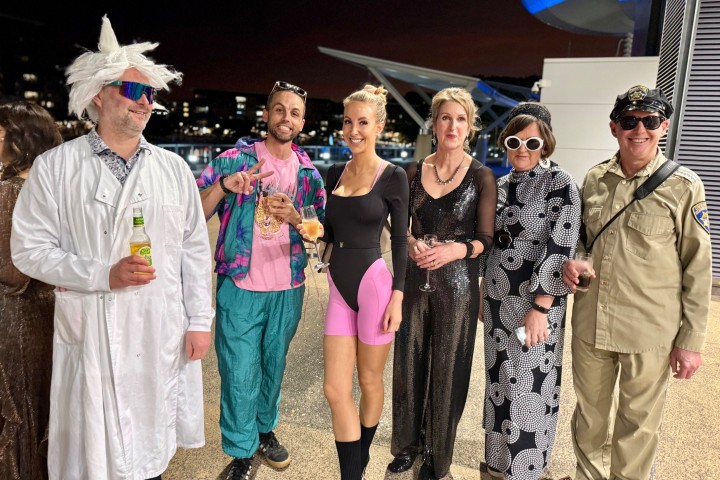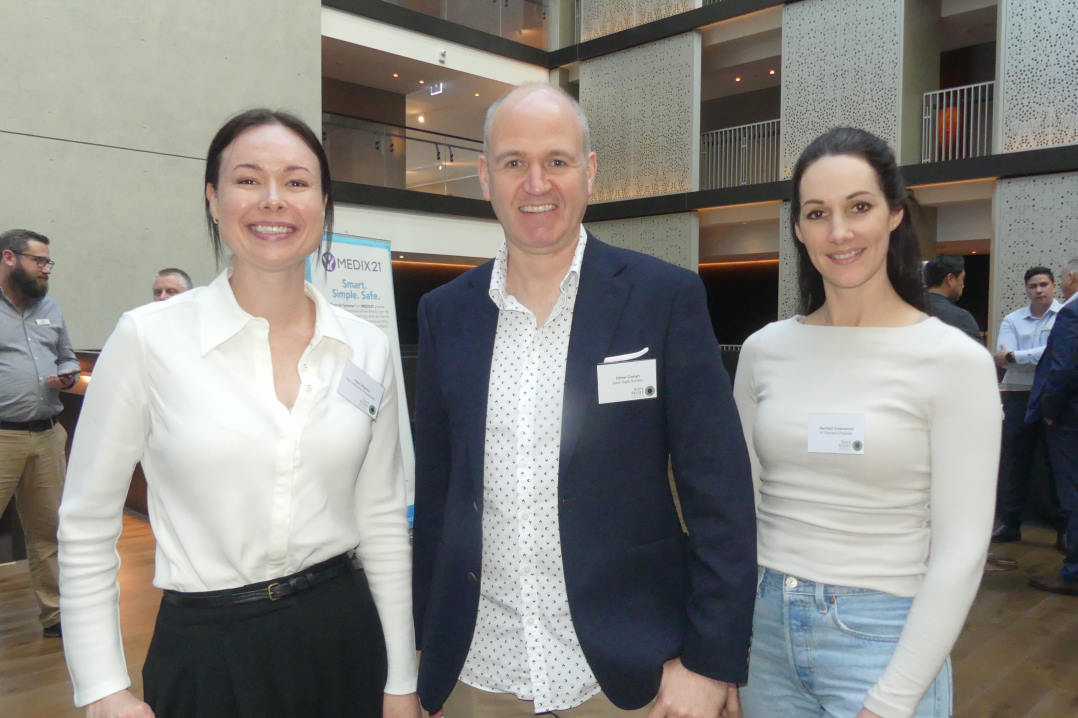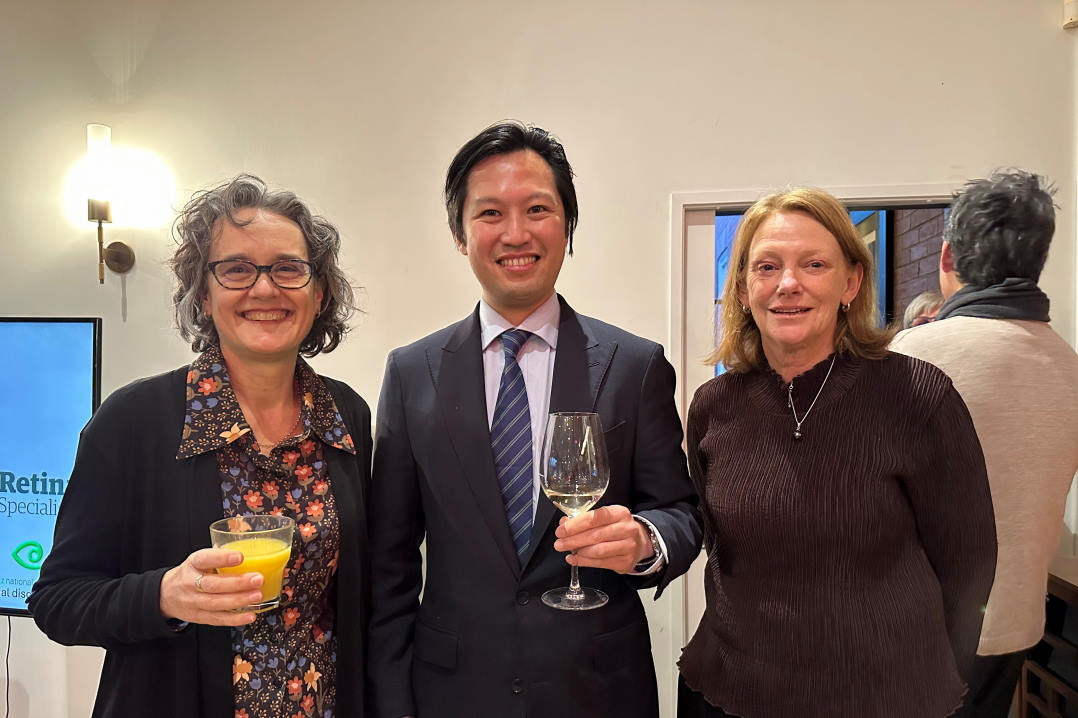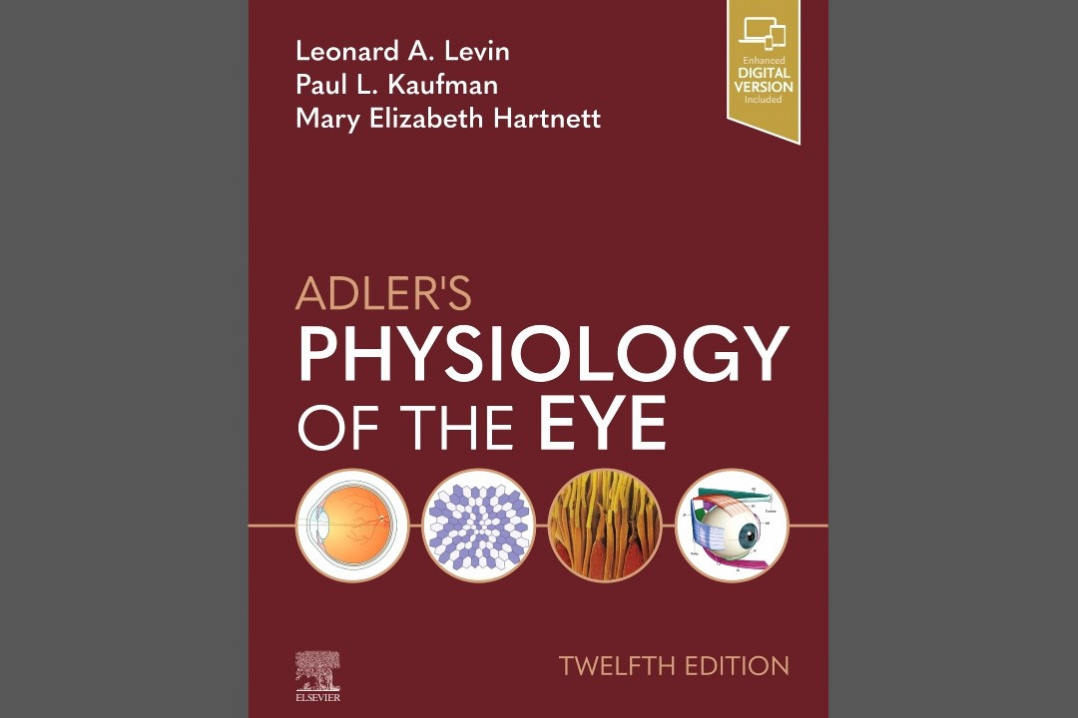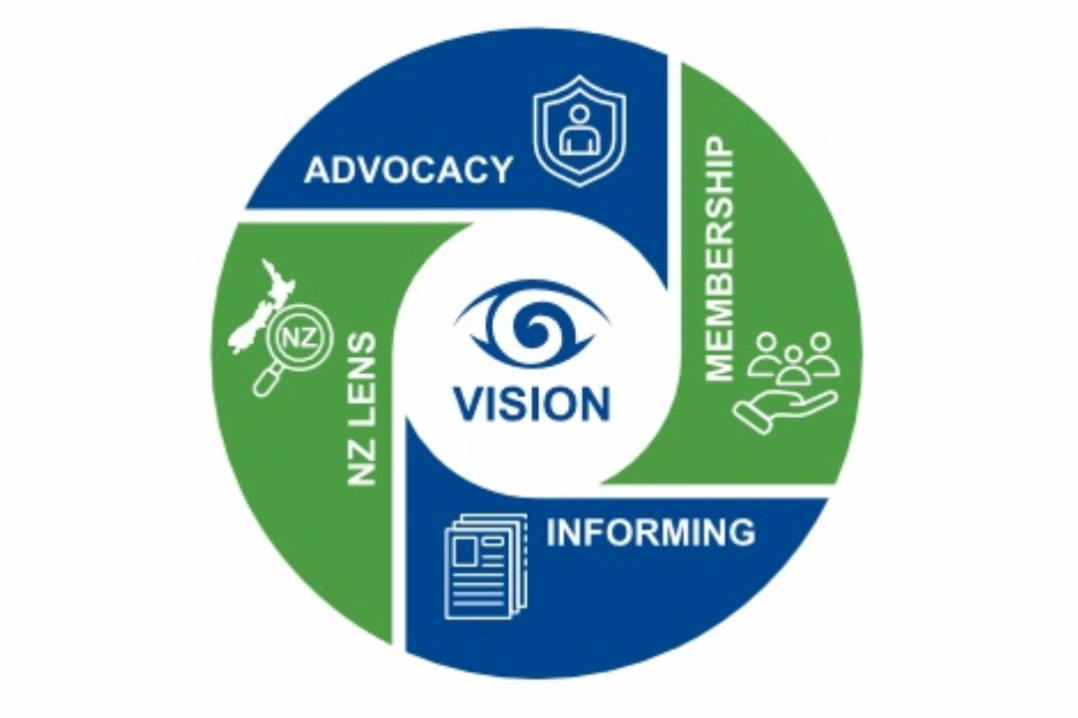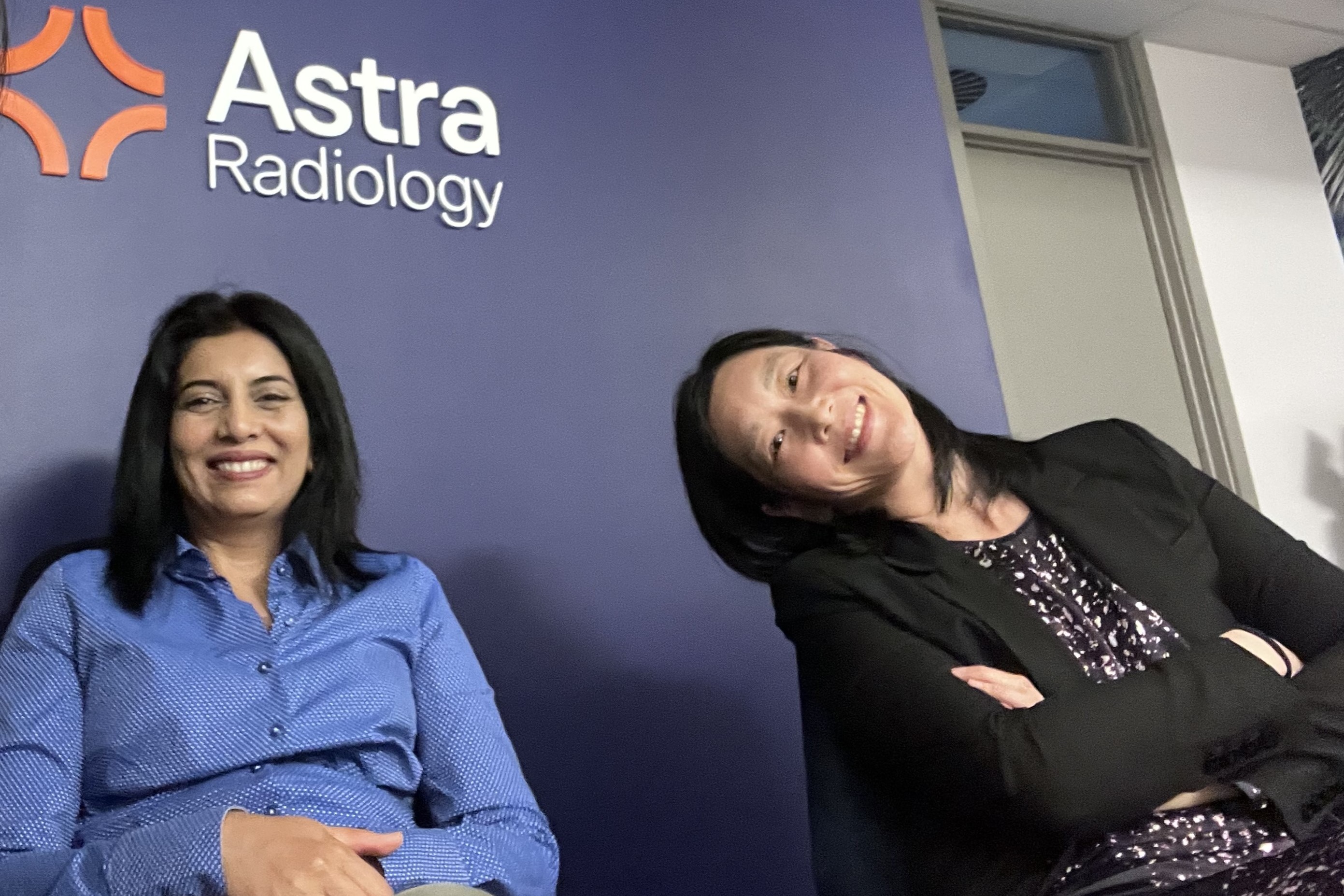Paving the way for tomorrow’s Māori ophthalmologists
Auckland’s recent ophthalmology hui, led by Dr Justin Mora for the Australian and New Zealand Eye Foundation (ANZEF), was hailed a success by both organisers and its Māori and Pasifika med school participants.
ANZEF, the philanthropic arm of the Royal Australian and New Zealand College of Ophthalmologists (RANZCO), held September’s one-day hui for 17 students. “The hui’s primary purpose was to show Māori and Pasifika medical students that we want them in our profession and they will be supported through their journey if they choose to join us,” said Dr Mora, chair of the RANZCO Māori and Pasifika Eye Health Committee.
“We wanted to show the students how enjoyable and rewarding ophthalmology can be as a career. So it was very gratifying to see their excitement and enthusiasm.”
Feedback from the students was positive: “They really enjoyed the opportunity to practice suturing and work under the microscope, but they particularly loved the challenge of the EyeSi cataract surgery simulator, which they described as ‘very cool and very hard!’,” Dr Mora said.
However, he added that the single most popular session of the day was the whakawhanaungatanga, borne out by comments from Rachel Baker, Ngāi Tahu, a final-year medical student at Tauranga Hospital. She said the organisers succeeded in setting the right tone: “From the start of the day I felt welcome and by the end of the day I was thinking ‘I can see myself as an ophthalmologist’.”
Baker said she first considered the profession last year after an ophthalmology placement at Whangārei Hospital. “Unfortunately, the placement is only seven days long! With such limited exposure to ophthalmology in medical school, it’s hard to know if pursuing the career is the right decision, and it feels like you have to decide as early as possible if you want a chance of getting on the training programme.” She said she felt lucky to have had a kōrero with Māori and Pasifika ophthalmologists and registrars, asking them questions and learning about what the job is really like.
The guidance and feedback in the suturing workshop helped Baker gain confidence in making fine and precise sutures, she said. “Hearing tips and tricks from the experts was a big step up from practicing at home with YouTube videos! But my favourite practical session would have to be the EyeSi surgical simulator.”

Students getting to grips with simulated cataract surgery using the EyeSi simulator
A day in the life…
A little further along in his ophthalmology journey than the med students is attendee Dr Isaac Samuels, a junior doctor currently working as a Middlemore Hospital PGY1 house officer. “The hui only solidified my desire to pursue ophthalmology as a potential career pathway,” he said.
The 'day in the life of an ophthalmologist’ presentations helped students visualise what a career in ophthalmology might look like, said Dr Samuels. “Also, being able to learn from other Māori and Pasifika ophthalmologists encouraged us that these dreams are possible!” But, for him, the practice interviews were the day’s most insightful activity. “They provided us with excellent context for preparing to apply to RANZCO as a prospective training registrar. They enhanced our confidence and drive to work towards training applications and it was helpful to be able to do this in a safe and supportive environment with other Māori and Pasifika doctors.”
Dr Samuels’ only recommendation for any future hui is to advertise more widely and to “build on the momentum already created by people such as Drs Mora, Nick Mantell, William Cunningham, Edward Hutchins and Alistair Papali'i-Curtin”. Having supportive role models and knowing there is a well-supported pathway for Māori and Pasifika medical students and doctors is bound to encourage more to pursue a career in ophthalmology, he said.
Baker agreed, adding that the mentoring hui is a great way to inspire future Māori and Pasifika medical students and doctors with an interest in the field. “Creating a sense of belonging within the specialty can have a really strong and lasting impact. This is especially important in ophthalmology, where Māori and Pasifika are significantly underrepresented.”
Dr Samuels said mentoring helps protect mental health, provide sound guidance and connection as people pursue and become passionate about their career. “Ophthalmology, as a specialty, is already intellectually stimulating, rewarding and fun – add the value of mentoring to this mix and you have a recipe for invigorated juniors who are passionate about eye health and ready to make meaningful change.”









